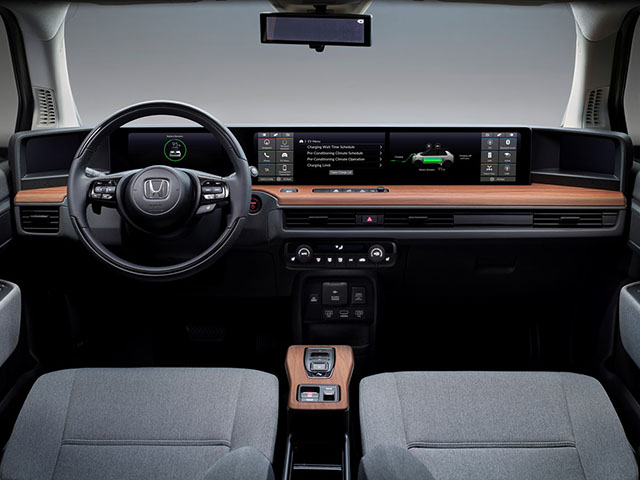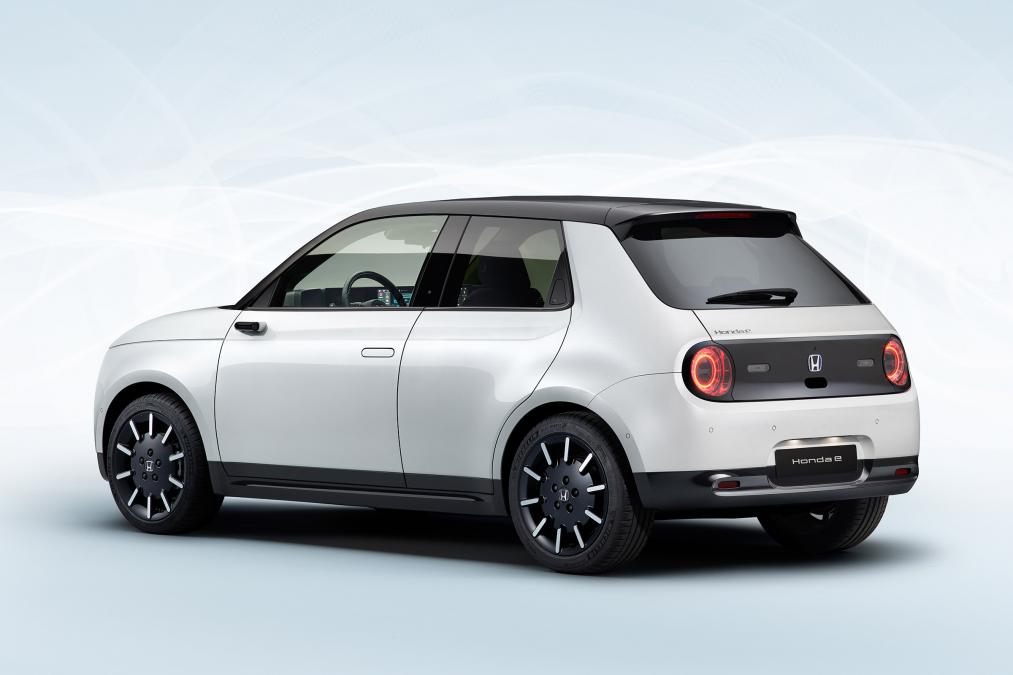At the beginning of this week, we heard about the news that Honda was summing up Tesla’s emission pool, following the FIAT steps. A move forced by the suitcase of the CO2 reduction of the Japanese manufacturer’s fleet hoping that its new releases would help it meet its goals.
Among these movements was the Honda launch. The first electric car of the Japanese that was presented at the end of the past year with the hope of providing the necessary credits to avoid the fines of Europe for overcoming the limits of contamination. But they have not been successful.
According to the analyst Matthias Schmidt, the main reason is the zero demand that is living in Europe, where they have only managed to enroll 1,000 units. A number that includes press units and concessions, which supposes that deliveries to private individuals have been minors.
With these registrations, as we said, many of them self-registrations, Honda has only managed to improve 2% of its emission records in Europe. A date that has promptly closed an agreement with Tesla to minimize the damage to fines.

A number that we can compare with some of the models on the market, such as the veteran Volkswagen e-Golf, which, despite the segregation and the leg of its ID.3, has managed to deliver in Europe more than 2,600 units. A model launched there for six years, and in 2020 it accumulates 27,000 registered units.
The reasons for this cold receipt can be based on several factors. They are Honda and are urban with a beautiful design and technological equipment that differentiates them from the rest of the proposals—included within the range of low-power trams.
But on the one hand, Honda does not have a name within the sector, so many people do not know the vehicle; they are not attracted by the brand that does not relate to the electric car. It also helps with a somewhat modest electrical system, with powers from 134 to 152 hp, in a market where we can find other rivals such as the Mini SE with its 184 hp.
A trend that seems to be pursuing other brands, such as Mazda, with its MX-30, which is also going unnoticed on sales lists despite the strong demand for electric coaches. There is a job that needs time to settle the product among the customer, and must also be more competitive in technical or economic terms than models for sale. And if you produce a product later, and even less competitive in terms of aspects, the result is expected.

